

Matt Campbell
2025 Porsche 911 Carrera T review
5 Days Ago
Vans are getting exciting and electrified. But Australia is missing out (at least for now).
A raft of new commercial vans are coming within the next three-years; however, electrified vans offered overseas are notably absent Down Under.
Here’s some of the most enticing electrified load-luggers offered overseas, but not on the radar in Australia.
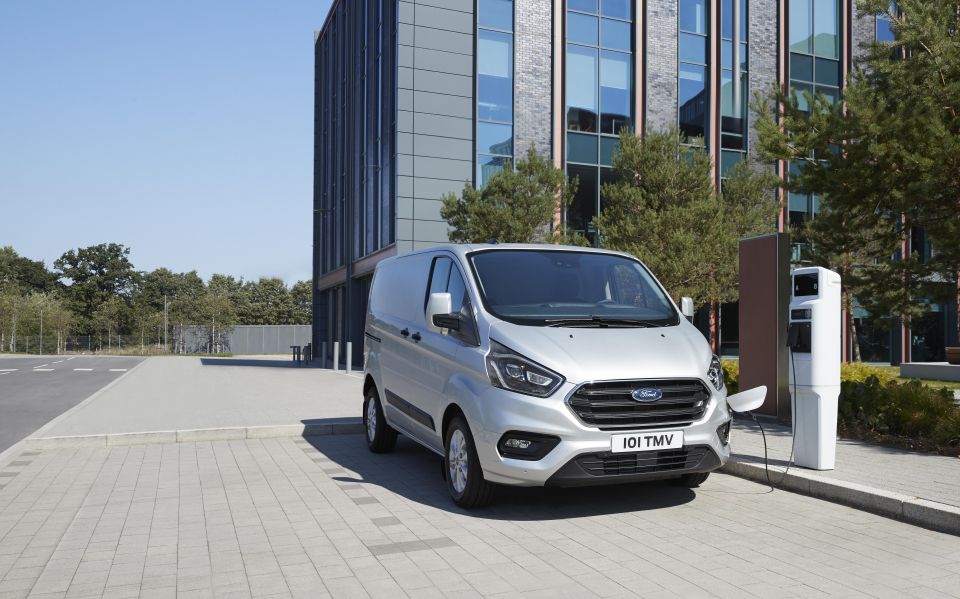
The Blue Oval’s popular mid-sized van is also sold as a plug-in hybrid (PHEV) version in Europe.
The Ford Transit Custom PHEV launched late last year; however, the local arm has ruled out the introduction of electrified vans for now.
Despite the PHEV moniker, the 93kW electric motor drives the front wheels and the van’s 1.0-litre turbo three-cylinder petrol engine only recharges the battery pack, making it a form of range extender. It’s a similar arrangement found in the BMW i3 and defunct Holden Volt.
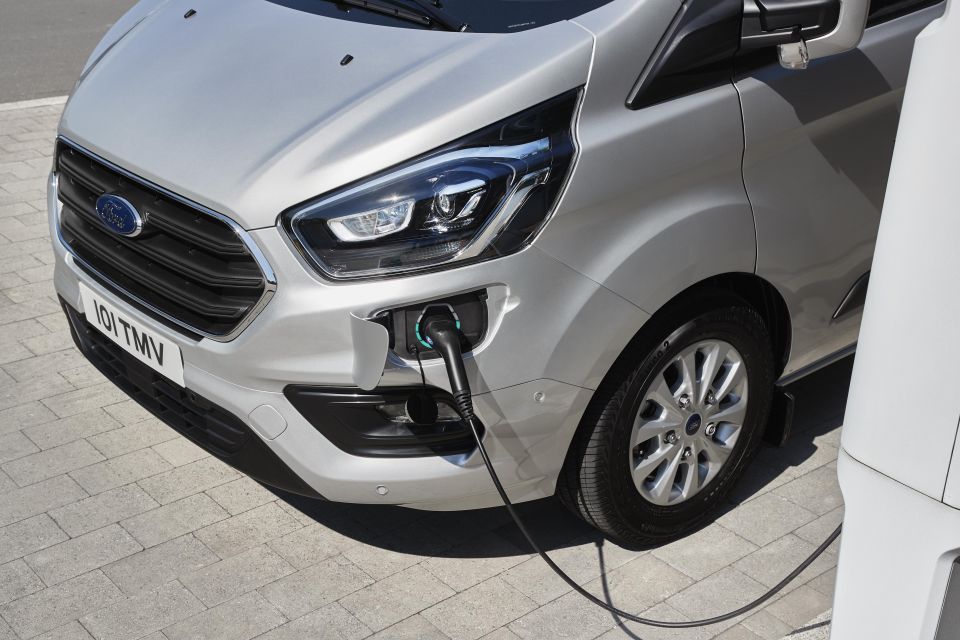

The 13.6kWh lithium-ion battery can deliver around 56km of electric range on the NEDC test cycle. Total range with a full battery and tank of petrol is claimed to be more than 500km.
The battery itself is stored under the cargo floor, but load volume is unaffected at up to six cubic metres.
The Transit Custom PHEV also has a variety of EV drive modes to keep the battery topped up using the engine, or to let the electric motor do all the work. A geofencing feature automatically turns on EV mode when it enters a low emissions zone like in central London.
A related people mover version called the Ford Toureno PHEV is also sold overseas.
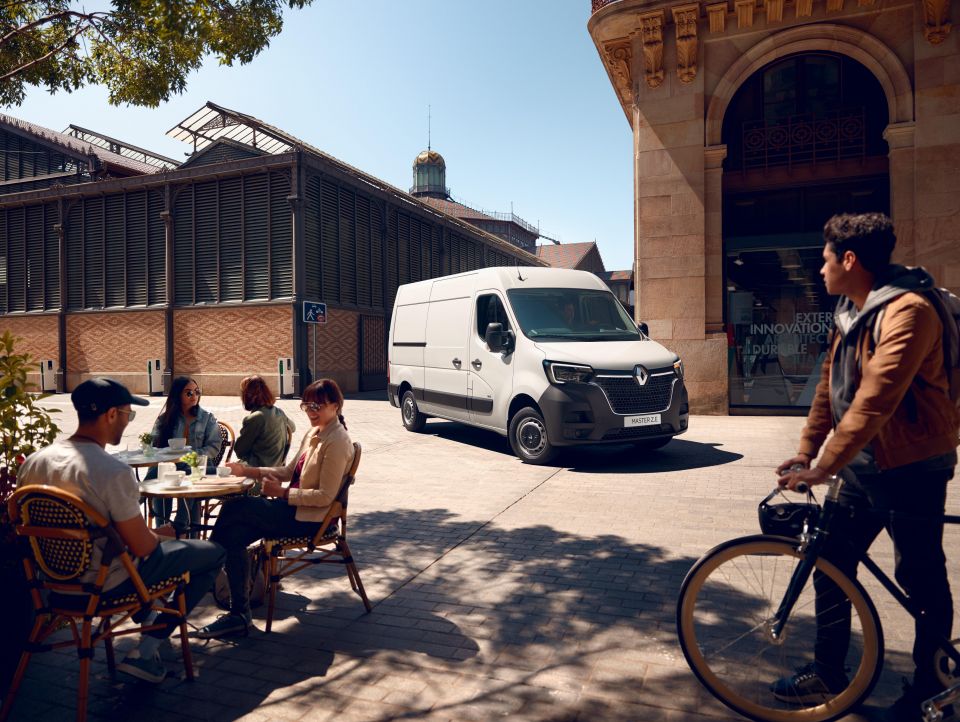
On the back of the news it will kill the Zoe, the only electric Renault in Australia is the city-sized Kangoo Z.E. van. But its large cousin, the Renault Master, is also sold in pure-electric form.
The large Master Z.E. draws on a 33kWh battery – the same as the Kangoo Z.E.
This only yields a total range of up to 130km on the stricter WLTP testing regime – and that’s before you factor in the load weight and weather conditions. Powering the front wheels is a 57kW electric motor.
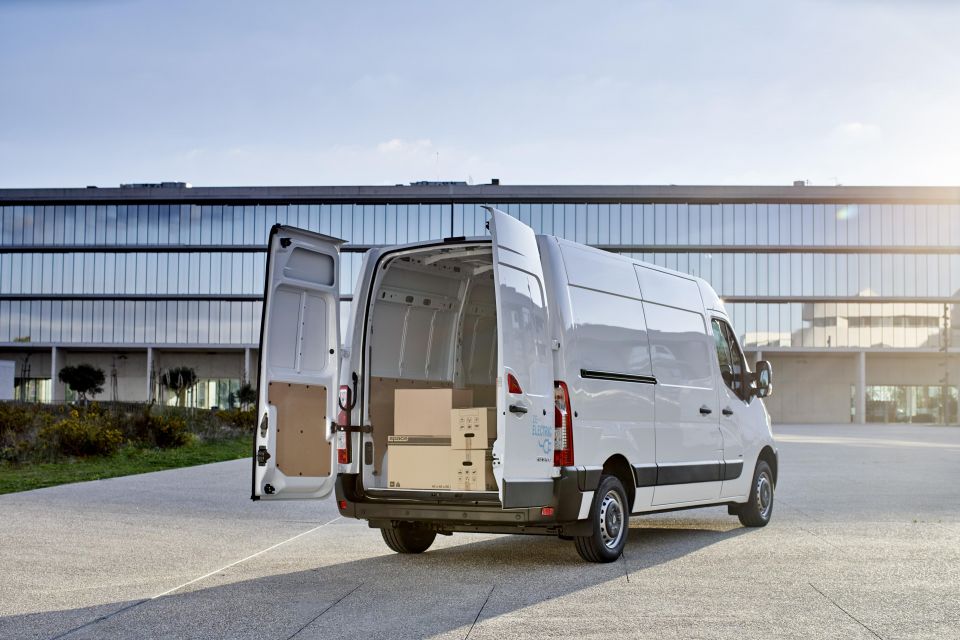
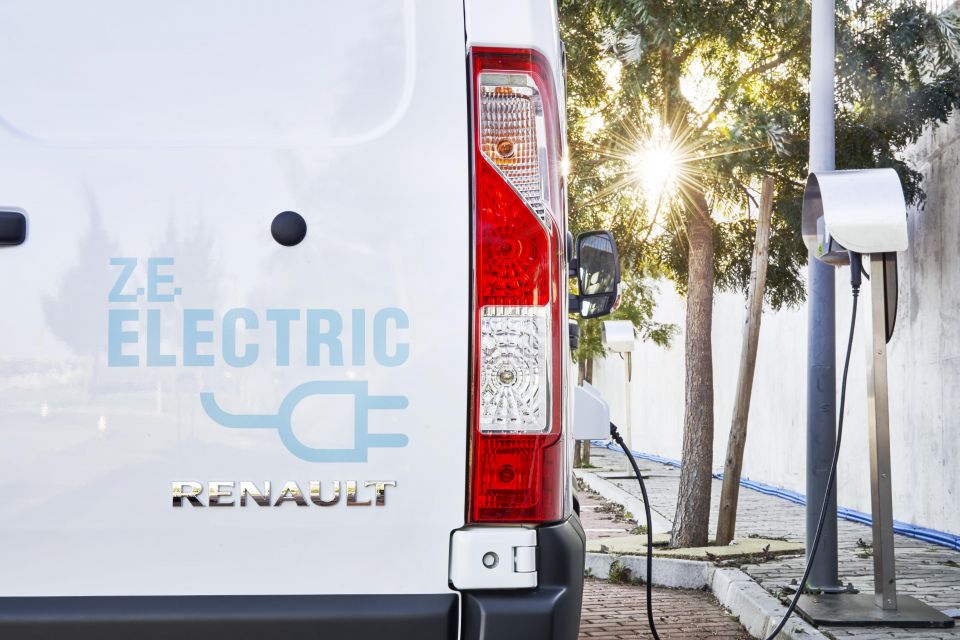
In Europe, the French automaker added a new cab-chassis option alongside the platform-cabin and panel van variants, plus three available lengths earlier this year.
It has a maximum cargo volume of 13 cubic metres and maximum payload of 1700kg depending on the spec.
Renault also offers the Renault Kangoo Z.E. Hydrogen and Renault Master Z.E. Hydrogen in Europe, claiming up to three times more range than pure-electric vehicles by being hydrogen fuel-cell powered.
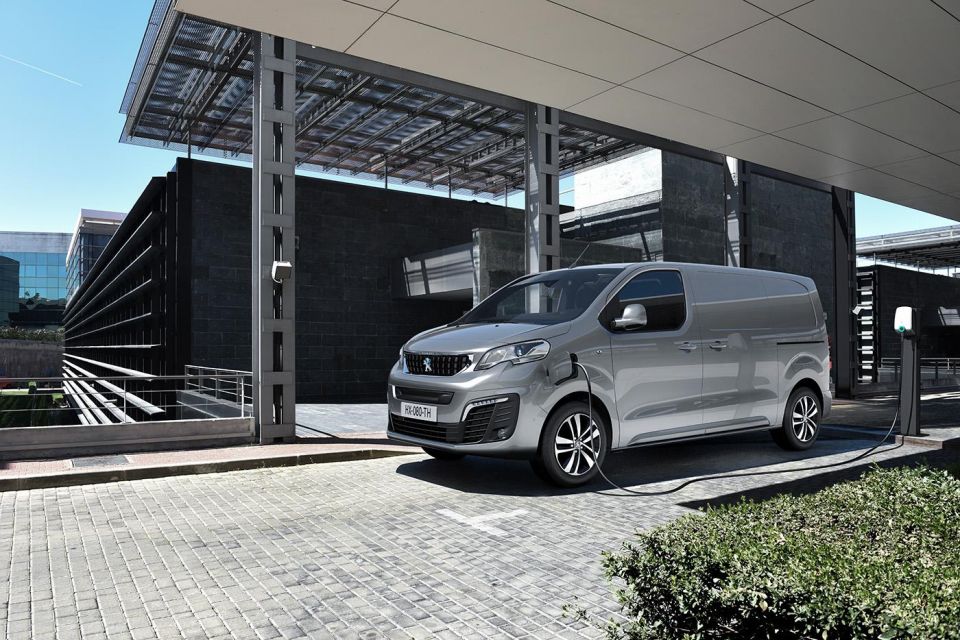
Released in Europe in mid-2020, the mid-sized e-Expert and large e-Boxer are Peugeot’s latest battery-electric vans.
Of course, we’re familiar with the Expert and Boxer as internal-combustion engine powered variants Down Under. Peugeot Australia rolled out its commercial vehicle line-up last year.
The mid-sized Peugeot e-Expert has a choice of two battery sizes, three load lengths and two body styles. Maximum cargo volume is 3.7 cubic metres.
Visually, the e-Expert is nearly identical to its turbo-diesel counterpart, except for a few badges, a tweaked grille, and the front charge port.
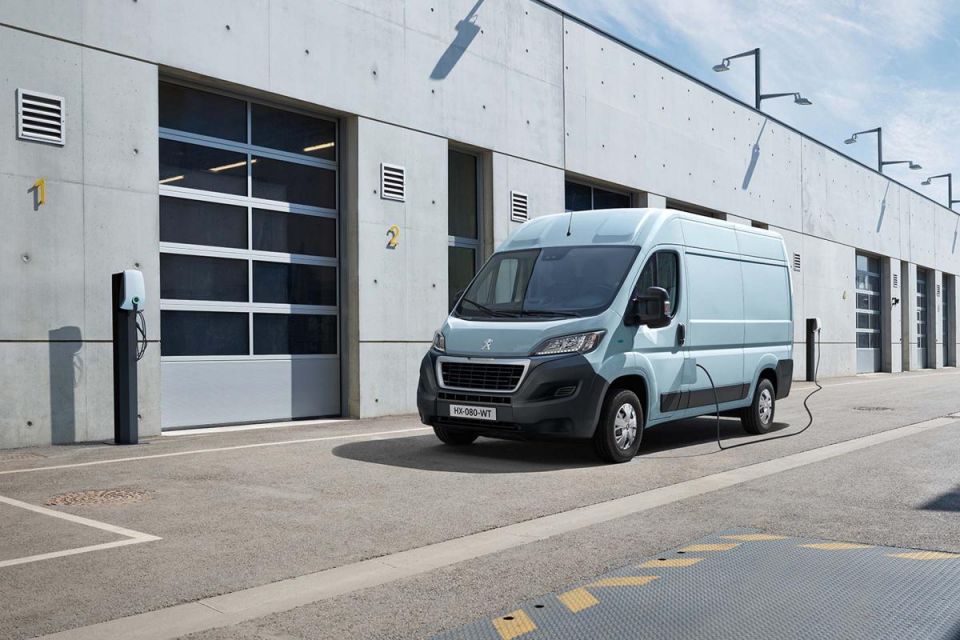
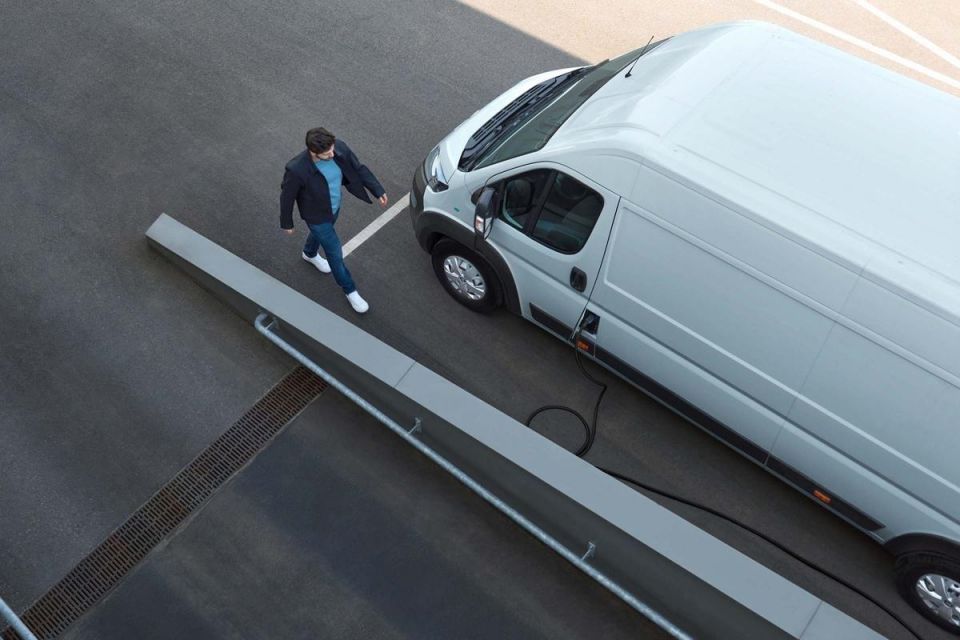
The base 50kWh battery pack returns a WLTP range of 238km, while the bigger 75kWh unit can last for 339km. Peugeot says it can charge to 80 per cent in 30 minutes or 45 minutes respectively using a 100kW public rapid charger.
The Peugeot e-Boxer can be had with four body lengths and three body heights, resulting in a maximum cargo volume of 17 cubic metres and max payload of up to 1890kg.
A 37kWh or 70kWh lithium-ion battery is available depending on the body length. The former yields a 199km range, while the latter is good for 339km on the WLTP cycle.
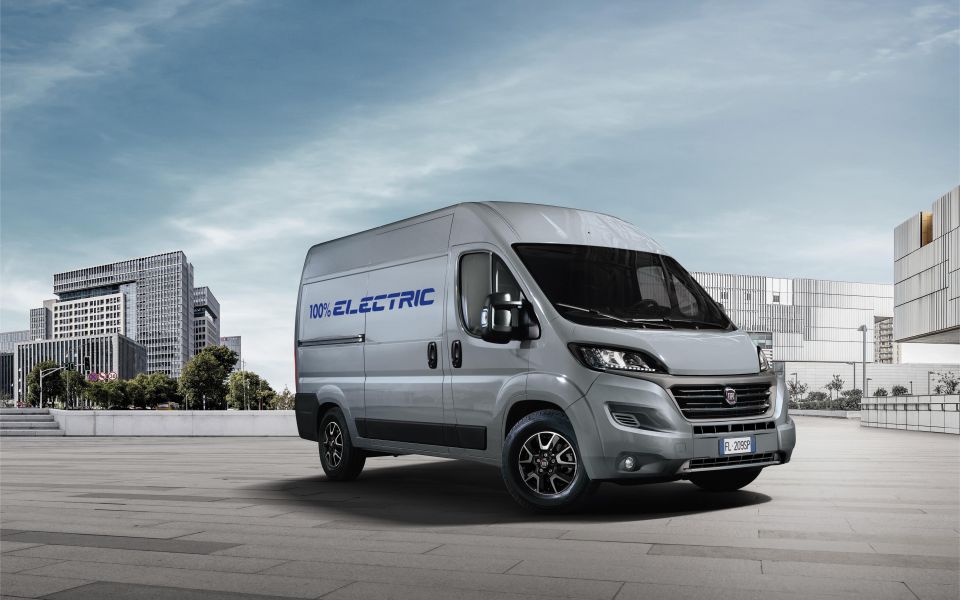
Sharing its underpinnings with the Peugeot e-Boxer, the Fiat e-Ducato is an Italian take on the large electric van.
The internal-combustion engine Ducato has been sold in its third-generation guise since 2007 – proving that electrifying a 13 year-old van is possible.
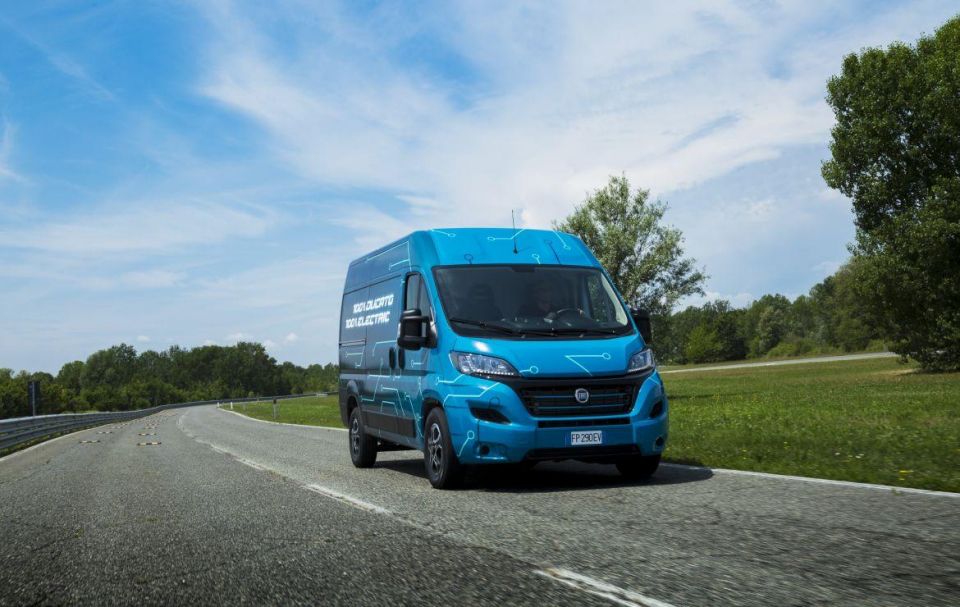

There are three lengths, three heights, a chassis cab option and minibus version for a total of 28 available body styles. Volumes are unaffected by the battery, meaning a cargo volume of up to 17 cubic metres and maximum payload of 1950kg.
Differing from the Peugeot e-Boxer, the Fiat e-Ducato is available with either a 47kWh or 79kWh battery, offering 220km or 360km of range respectively.
Charging rates are capped at 22kW, meaning a 0 to 80 per cent charge takes two and a half hours for the 47kWh pack or four hours for the larger 79kWh battery – even on a rapid charger.
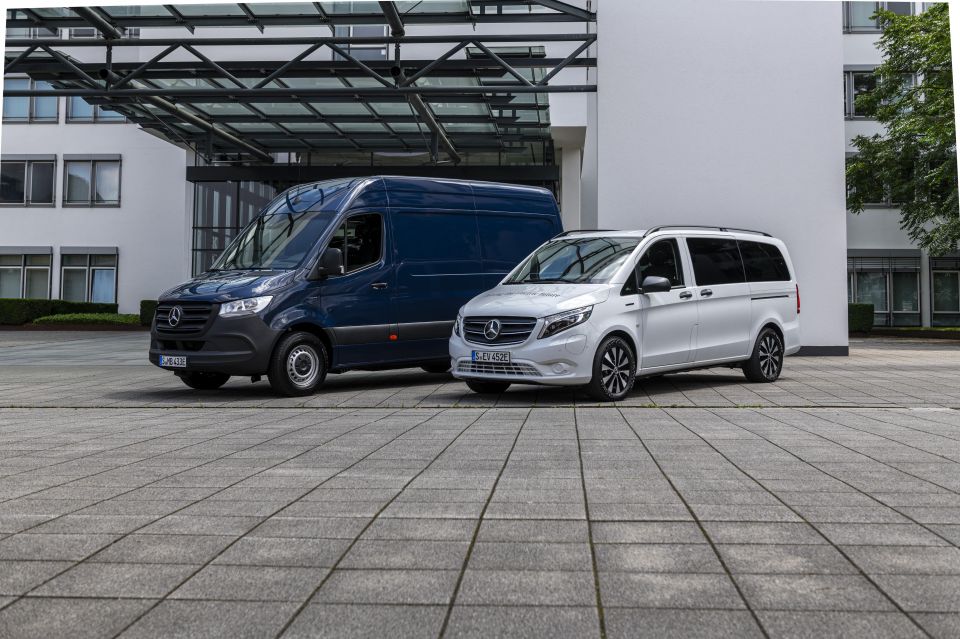
Mercedes-Benz Vans Australia has expressed interest in bringing the electric eVito and eSprinter Down Under since 2017.
Though, limited production and higher demand in Europe means Australian buyers are still left out.
The mid-sized eVito has a load compartment volume of 6.0 cubic metres for the long wheelbase guise or 6.6 cubic metres for the extra long model. Payload is up to 1015kg on the latter.
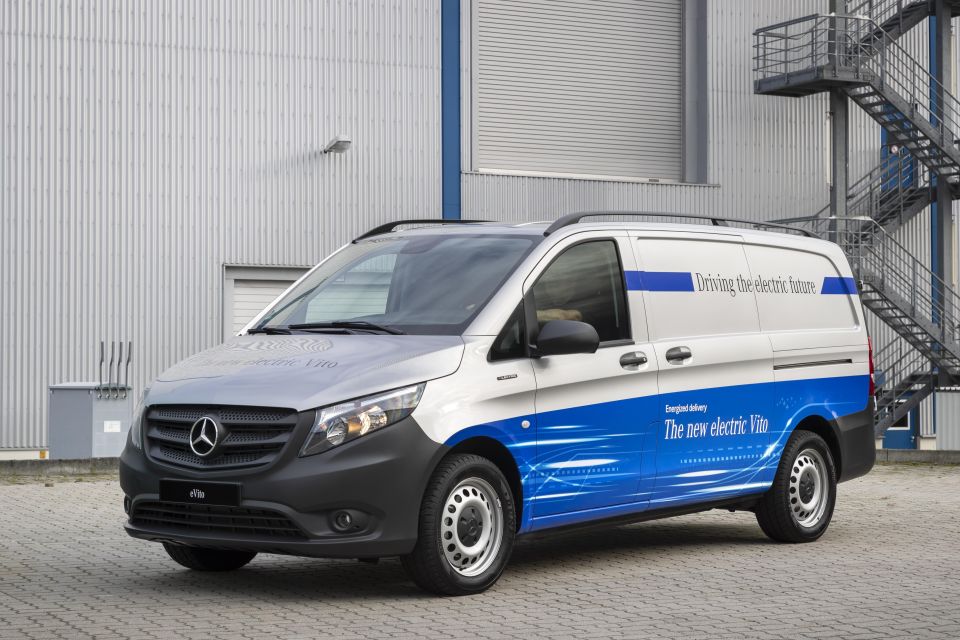
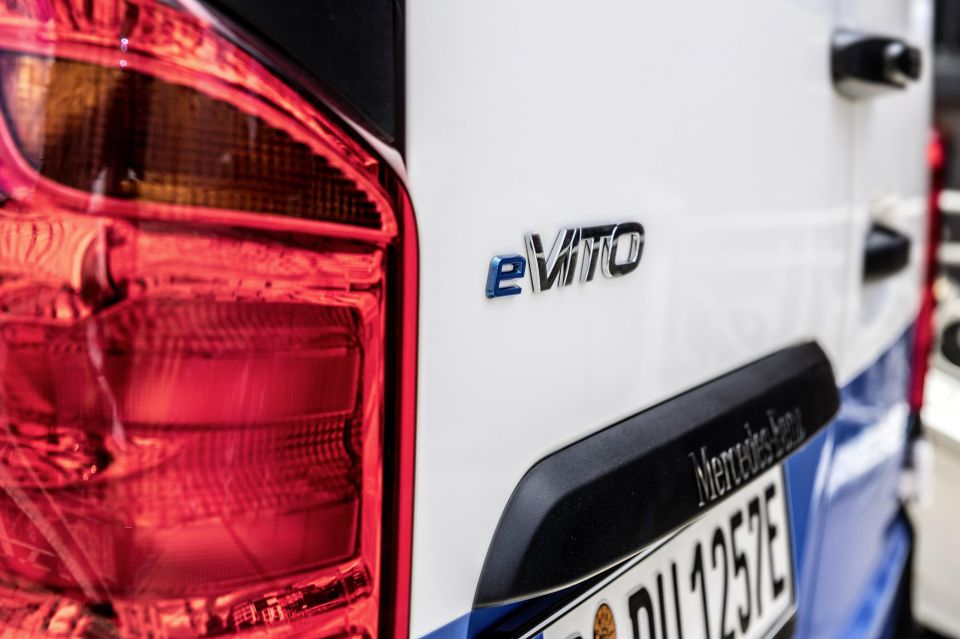
Designed for urban trips or planned recurring routes, the zero-emissions panel van has a 41kWh battery that can run for up to 150km on the WLTP.
Fast charging isn’t an option; it only accepts a maximum of 7.2kW – typical of a home wallbox charger – so 0 to 100 per cent is claimed to take six hours.
Meanwhile, the bigger Mercedes-Benz eSprinter will be sold from 2021 in Europe – based on the same internal-combustion engine Sprinter as sold here.
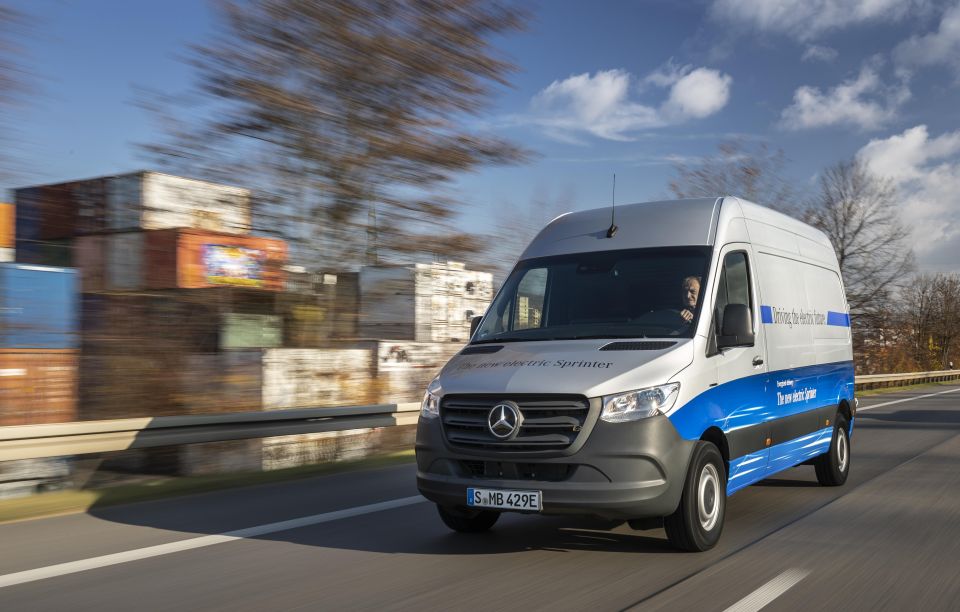

An eSprinter prototype in 2018 contained the same 41kWh pack used in the eVito, yielding a range of 114km. However, the company told AutoExpress that a 55kWh battery can also be fitted to the large van for a range of 150km.
As per the standard cargo hauler, it has a volume of 10.5 cubic metres, but the battery reduces payload to just under 1000kg.
Overseas, the German marque also offers the Mercedes-Benz eVito Tourer, a commercial passenger vehicle targeted for shuttles or ride-sharing services, and the Mercedes-Benz EQV, a more upmarket minibus aimed at private shuttle companies.
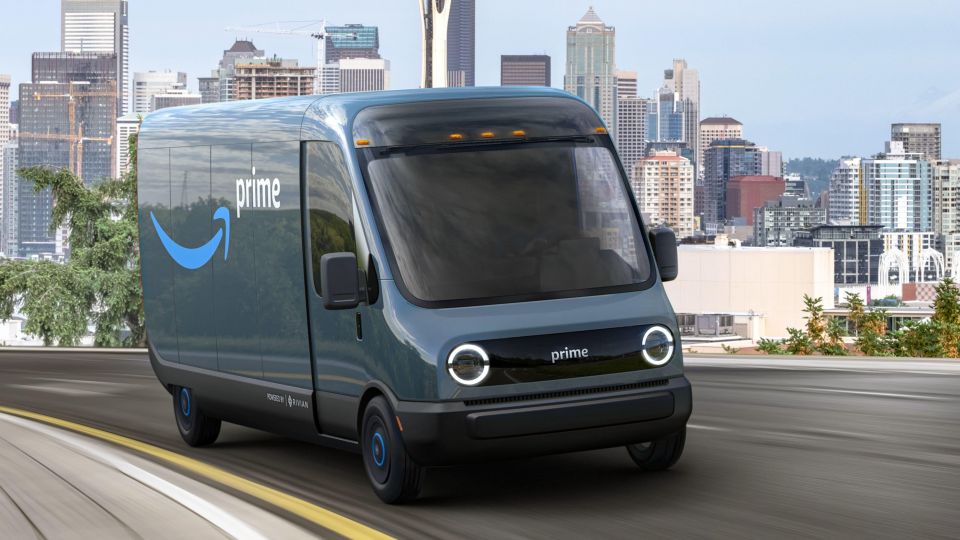
American startup Rivian is close to releasing its hotly-anticipated R1T ute and R1S SUV, but it is also developing an electric van for commercial buyers.
Dubbed the Rivian RPV, it will be available in three different sizes, front or all-wheel drive, and multiple battery pack sizes.
Full details are still unclear; however, prototypes are expected to hit the road next year.
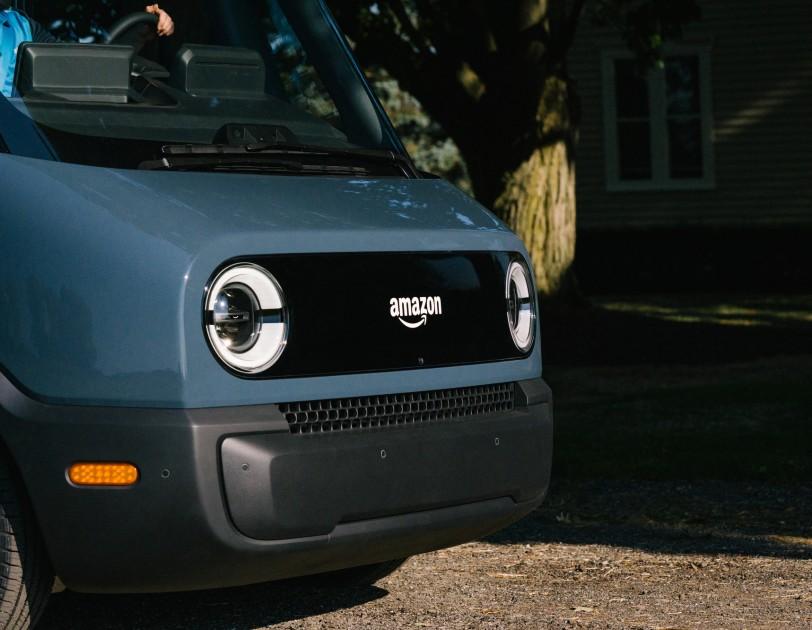
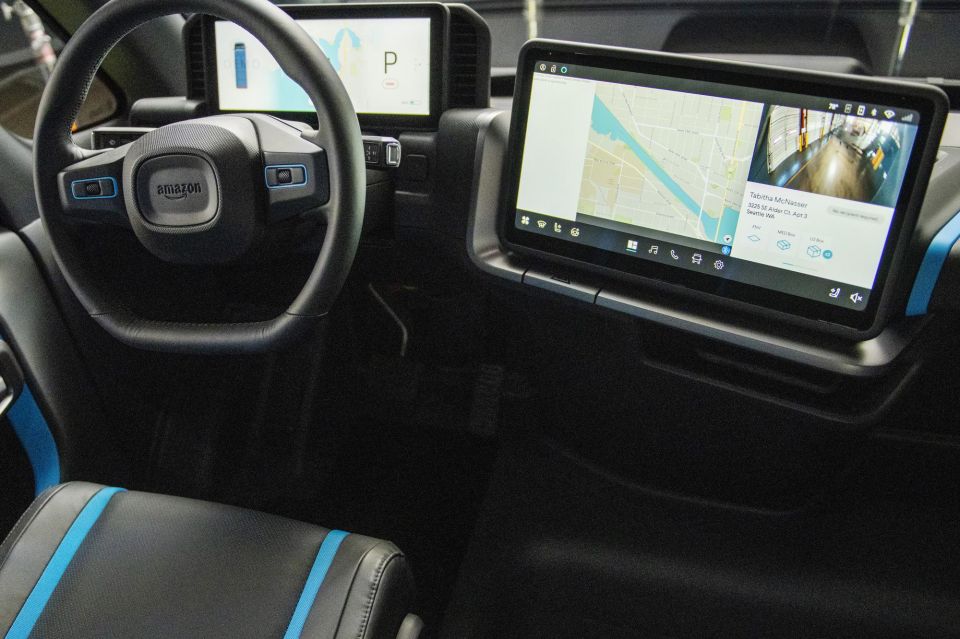
Amazon has already ordered 100,000 RPVs to be on the ground as delivery vehicles by 2030, while Ford will use Rivian’s platform for its first luxury pure-electric Lincoln model in the USA.
With a Honda e-like face, the Rivian RPV will come with a host of modern technologies as standard and will be produced in Illinois.
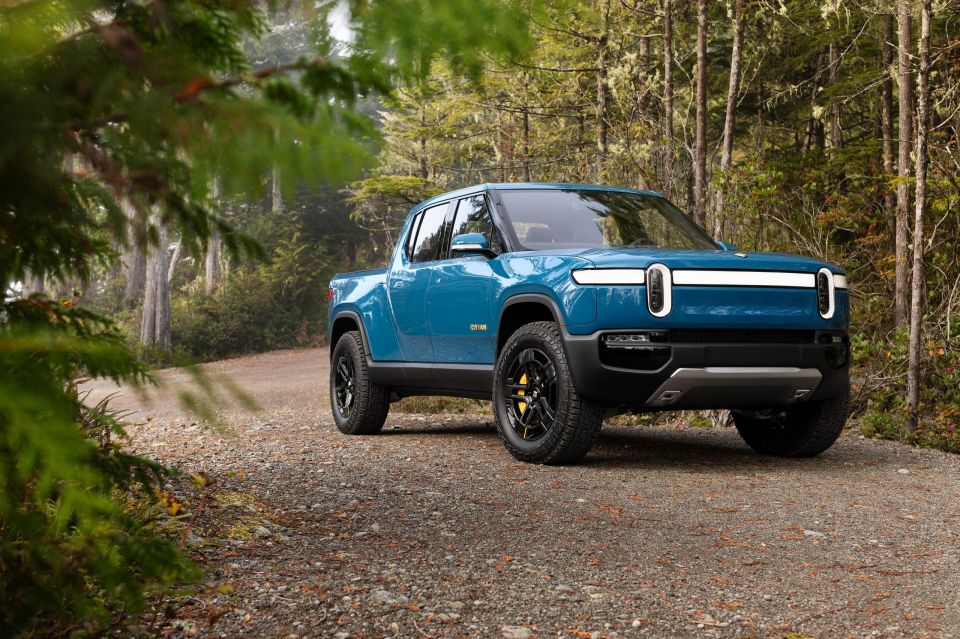
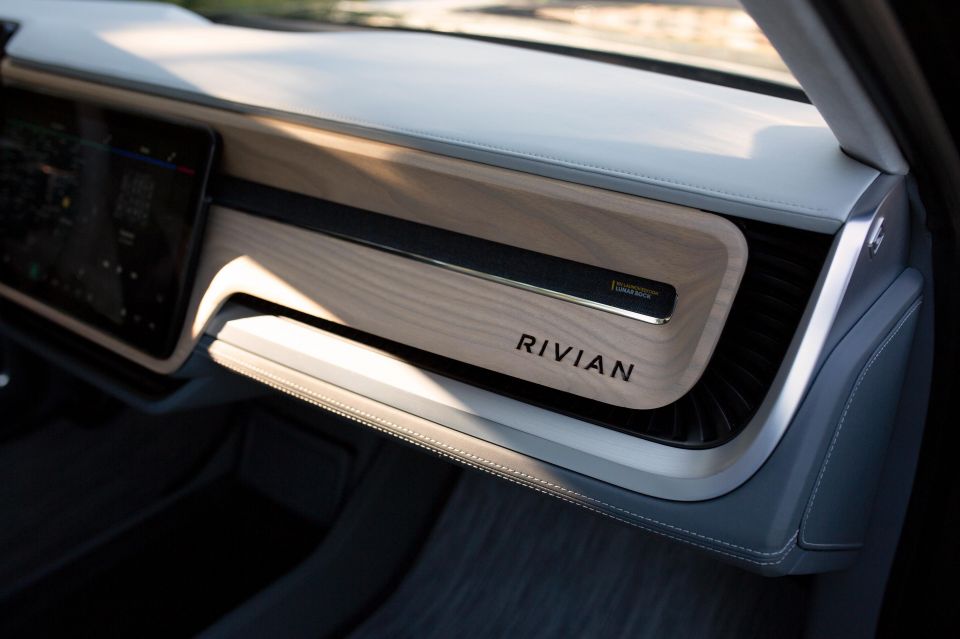
Amazon will start using the Rivian RPV in 2021.
As a carmaker focused on consumers who like adventuring outdoors, Rivian last year confirmed an Australian launch is possible for the R1T pickup and R1S SUV from 2022.
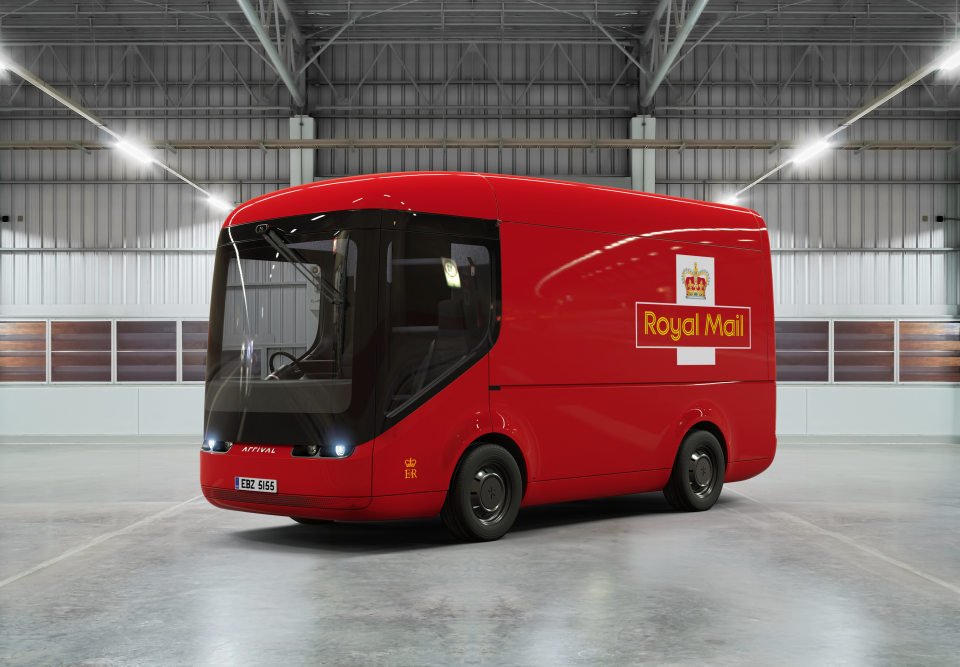
Arrival is a London-based startup focused on producing pure-electric commercial vehicles.
Besides the Arrival Bus, the Arrival Van uses a modular architecture where fundamentals like battery capacity, height, length and load space can be bespoke to each commercial customer.
The company says its electric “skateboard” platform is around 40 per cent more efficient on cargo volume (with a 14 cubic metre capacity) than an traditional internal-combustion engine van of the same exterior dimensions.

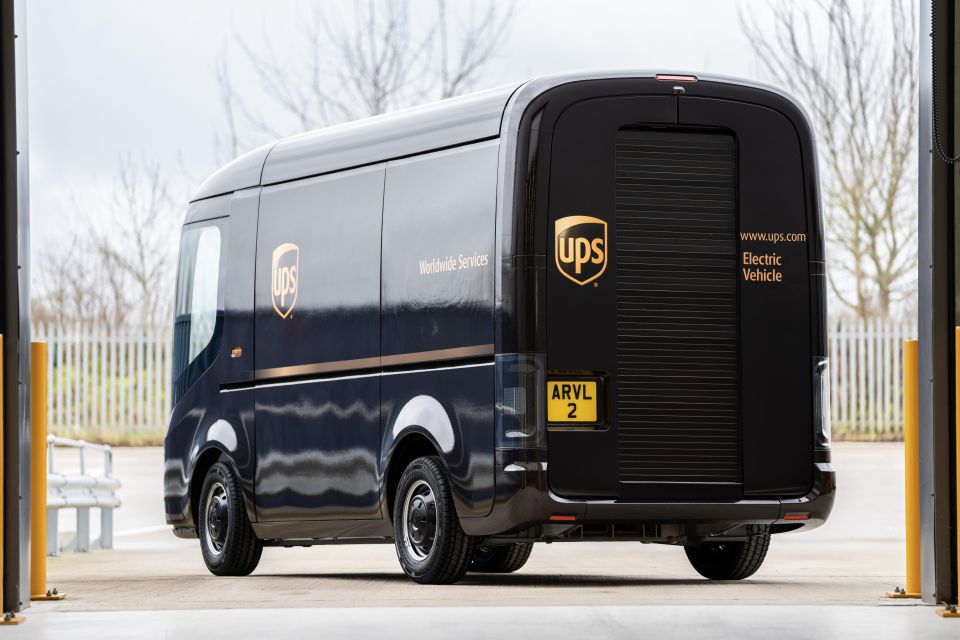
Basically, the Arrival Van can pack more cargo in – without being too large on the road.
Similar to the Rivian-Amazon deal, Arrival has partnered with delivery giant UPS to supply 10,000 cargo vans for the UK, mainland Europe, and North America by 2024. UPS can also purchase a further 10,000 if requested.
The UK’s Royal Mail is also another major customer for the Arrival Van – receiving its order in 2017 as a trial.
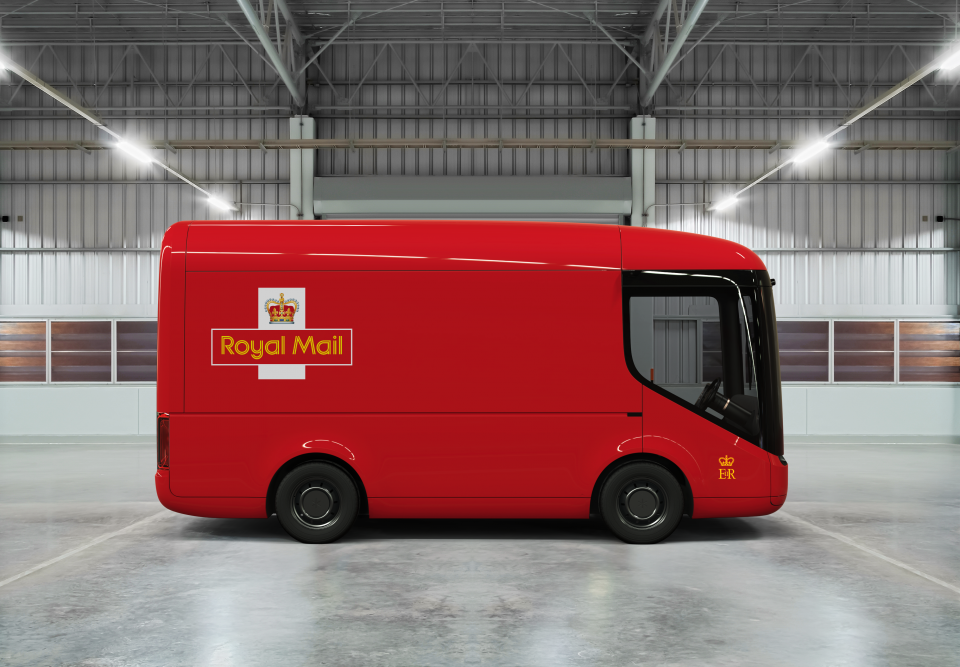
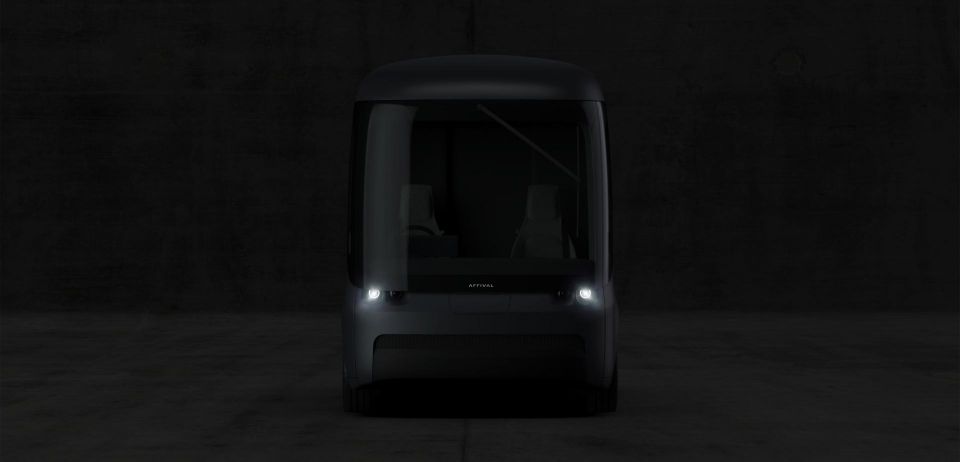
Arrival provided the post service with a model that has a range of 160km and 3.5 tonne, 6.0 tonne and 7.0 tonne sizes.
Visually, the Arrival Van is essentially a modernised delivery hauler. A first look by Fully Charged highlights its tall and boxy dimensions, large windscreen and side windows, and electric sliding doors.
All models are equipped with hardware capable for autonomous driving in the future, supports bi-directional charging, and will be made in Bicester, England from 2021.
Hyundai Motor Company and Kia Motors Corporation have also co-invested around $160 million into Arrival, so the South Korean conglomerates can co-develop small and mid-sized EVs for commercial vehicles.
It is unclear whether Arrival plans to sell for the Australian market.
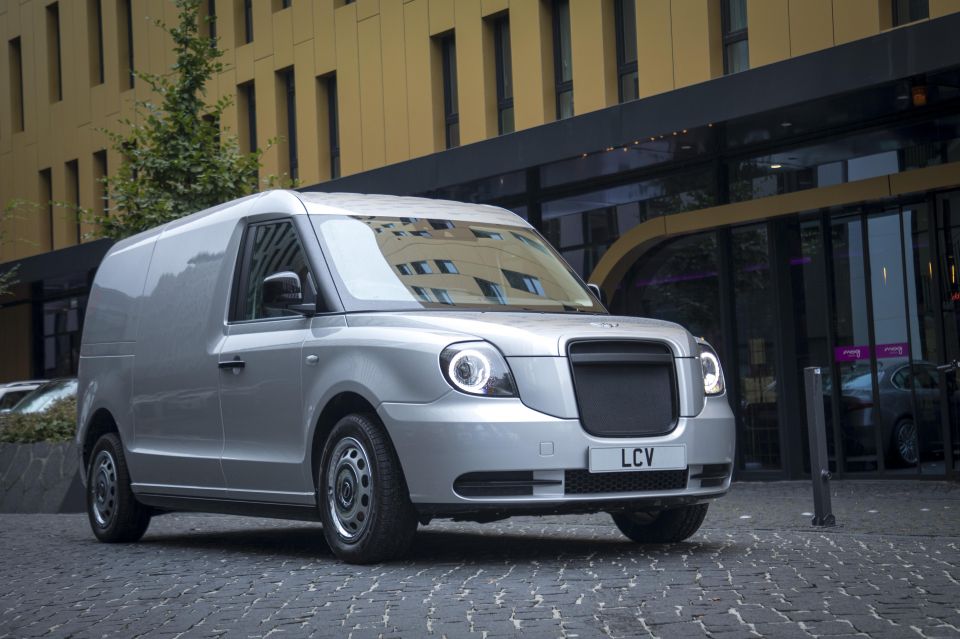
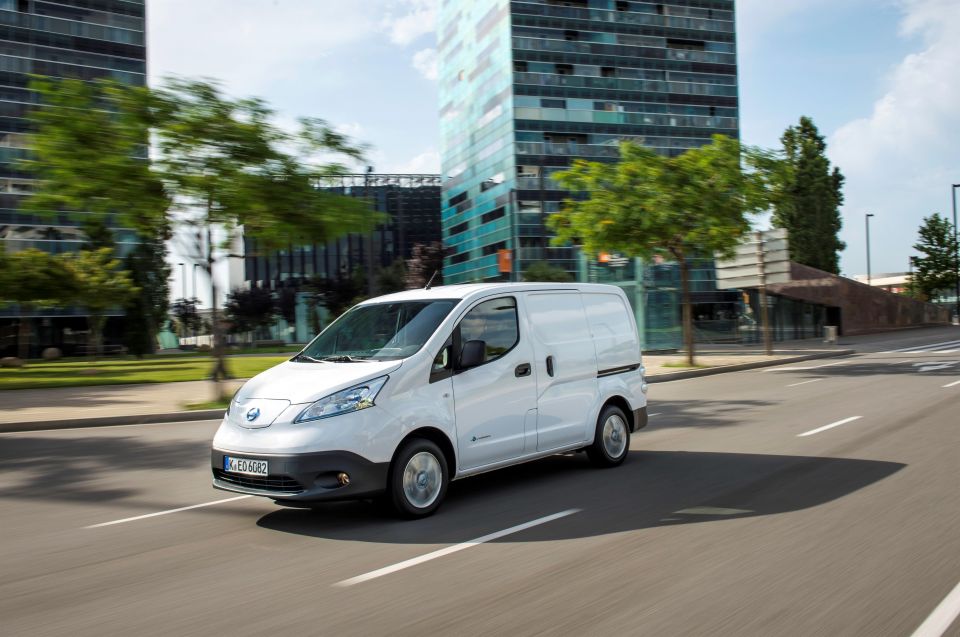
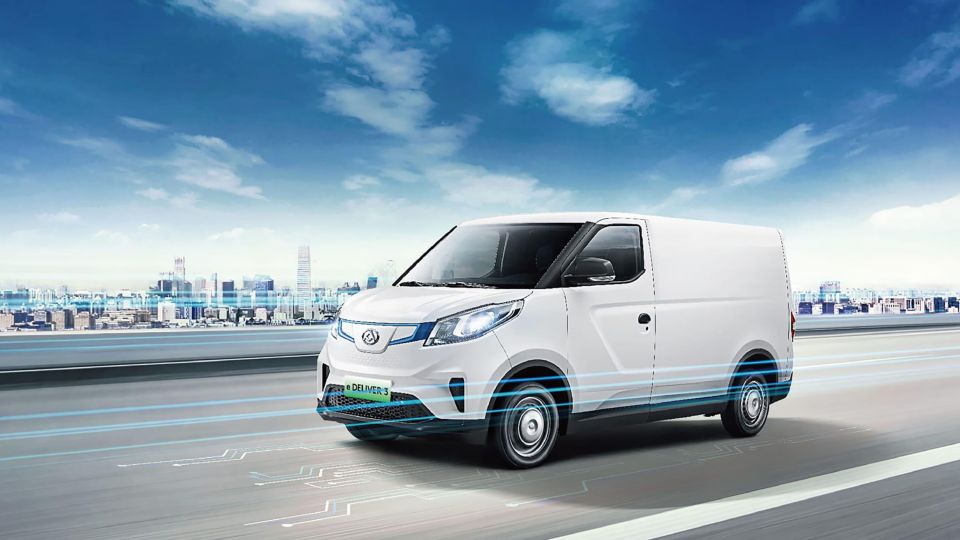
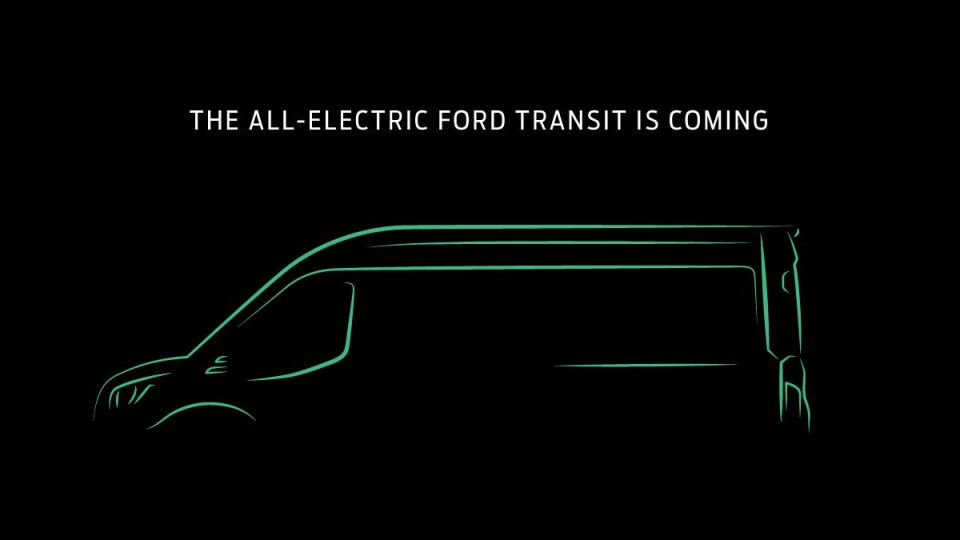
MORE: Upcoming van onslaught Down Under MORE: ACE EV Australian startup given more funding MORE: Cheaper electric cars off limits for Australia (for now)


Matt Campbell
5 Days Ago


James Wong
4 Days Ago


Max Davies
3 Days Ago


Josh Nevett
2 Days Ago


Josh Nevett
1 Day Ago


William Stopford
18 Hours Ago